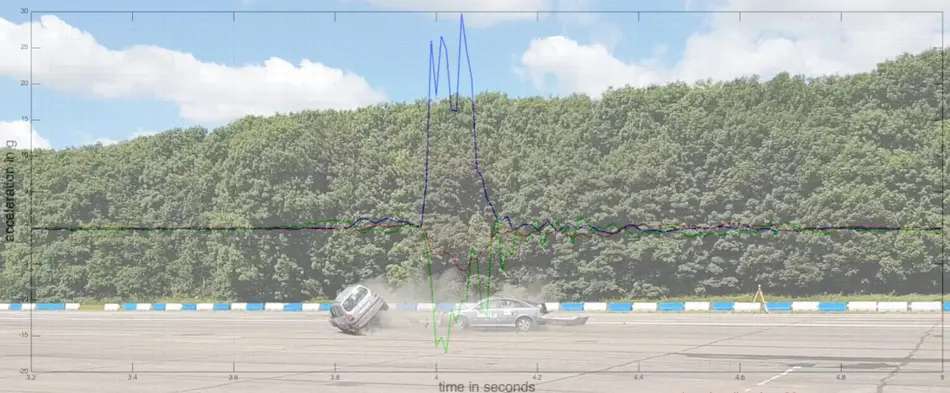

387.078 - this is the number of fatalities on German roads in 2019. While 82% of these people literally got off lightly, 17% of them sustained serious injuries. 0.78% of the victims died due to their injuries.
In numbers, it sounds very different: 3.045 people died. And only because people want to be mobile. Only because people want to move from point A to point B. Can we accept that? Certainly not, and therefore our entire society has to work on improving traffic safety: by designing safer roads, safer vehicles (from e-scooters to buses) and safety systems that protect HUMAN BEINGS.
Why is the HUMAN BEING written in capitals? Because we are not concerned with dummies (and as one of very few European universities we own and use all relevant crash test dummies) but even more with the person who dummies are supposed to represent. We first teach our students the stresses and strains under which people suffer injuries (anatomical and biomechanical). When we do this, we do not forget the marginalized groups such as children, seniors and the physically impaired. Then we investigate which protection systems are suitable for people, where there is still a need for action and where we have to take human diversity into account when designing vehicles of all kinds. This also applies to small people and “seniors” from the age of 50 with the onset of osteoporosis or a slowing rate of eye adaptation (unfortunately from the age of 45).
Primarily, we at the Institute of Vehicle Technology are working on solutions that reduce the severity of injuries. Depending on the severity of the accident, the occupants are passed out or helpless after an accident and cannot contact the emergency services themselves. This is the point where passive safety measures assist. New vehicles detect the accident and independently issue an emergency call with details of the accident location and initial information about the possible severity of the accident - the so called eCall.
But how about if you could estimate at this point how many inmates were injured and what injuries are most likely to have occured? And how can we offer these systems for older vehicles with unsufficient passive safety packages?
The students and the staff at the Institute of Vehicle Technology are working on exactly that topics: Developing algorithms that on the one hand are able to perceive accidents and on the other hand make a statement about the severity and direction of the accident. Based on this data, we feed simulation programs (where virtual dummies sit in a virtual vehicle and experience the moment of the impact) to replicate the accident. With the results, in turn, we can use biomechanical key figures to infer possible consequential injuries.
This saves vital seconds in an emergency and helps clarify the question of what type of rescue transport is required and how rescue workers can prepare for the injured in advance.
You are leaving the official website of Trier University of Applied Sciences